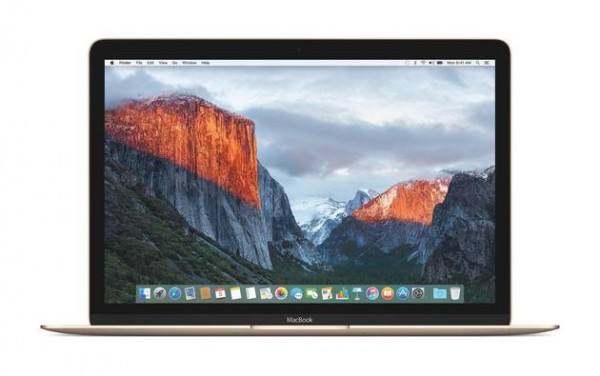
We say it three times because it’s an important step that way too many people skip. If you need even more room, take a peek at our guide on freeing up hard drive space on your Mac.

If you find yourself running low on disk space, be sure to empty your Trash – it’s easy to leave several gigabytes of files in there, never truly deleted. You can check to see what version of OS X you’re running, along with how much memory you have, by going to the Apple icon in the upper left-hand corner of your screen, clicking it, and selecting ‘About This Mac.’ You’ll also want to make sure you have at least 2GB of RAM and a minimum of 8 – 10GB of free space on your hard drive. There are some reports of users modifying a system file that tells the OS whether it’s on supported hardware, and getting machines like the powerful 2008 Xserve servers up and running : but it’s not for the faint of heart, since you run the risk of losing the ability to boot any time your software gets updated.

Thankfully, Macs include a tool that make backups easy: Time Machine. Should the installation go awry, you don't want to lose important documents along with your photo and music libraries. If you have determined that your Mac can run Yosemite, then (as always) your first move before upgrading should be to perform a system backup to protect your data. You can buy Snow Leopard for $19.99 here.

If you have an ancient Mac with an OS predating Snow Leopard, you will need to install Snow Leopard before then moving to Yosemite. You need be running one of the following: The About This Mac window will show which version of OS X you have. Its 10.6.6 update introduced the Mac App Store, which you'll need in order to download Yosemite. If you haven't updated your Mac's operating system in a number of years, then you need to check to see if you are running at least OS X 10.6.8 Snow Leopard, which was released way back in 2009. Or watch this video about how to upgrade the RAM on a MacBook Pro.

You may wish to read our article on upgrading your Mac's memory.


 0 kommentar(er)
0 kommentar(er)
